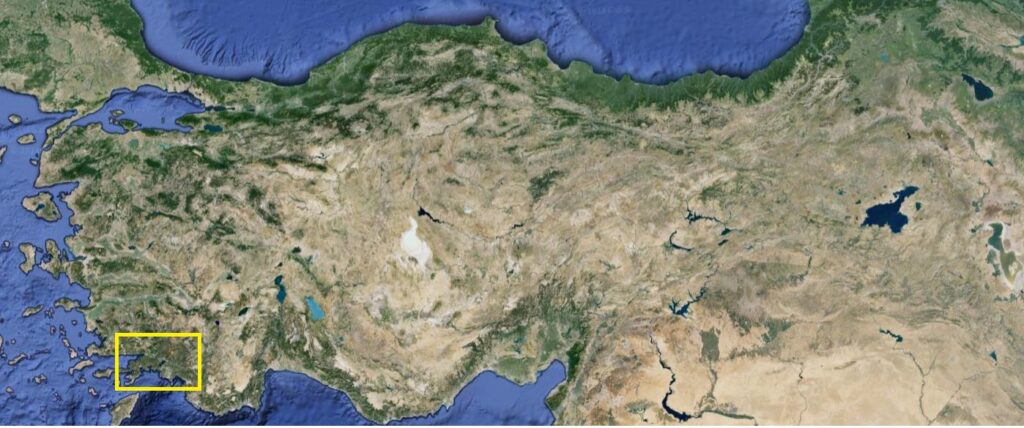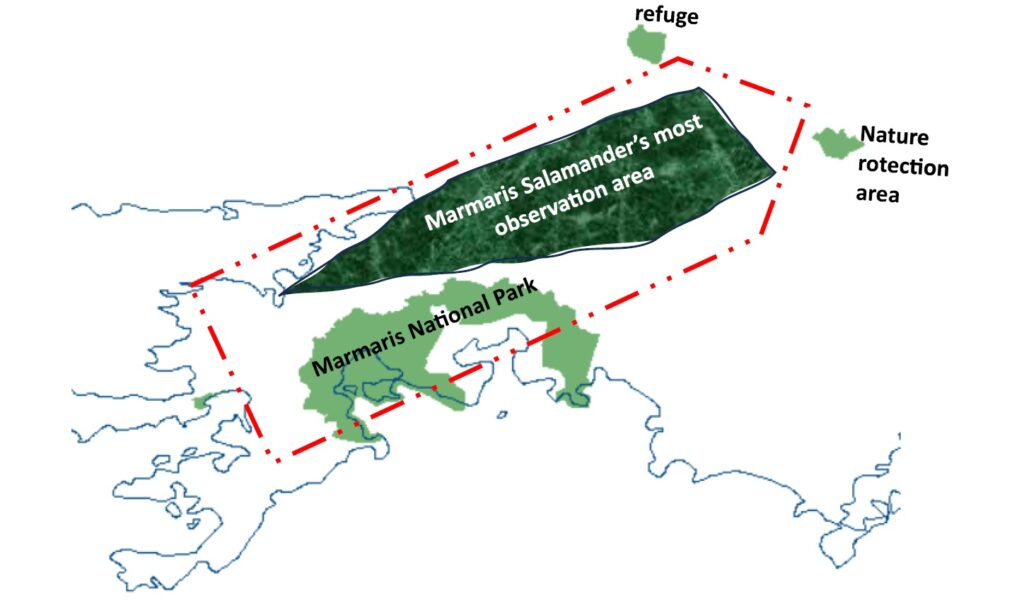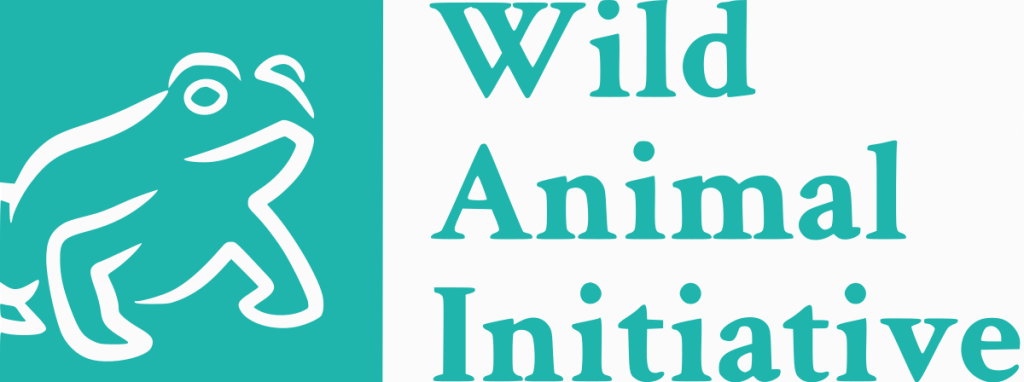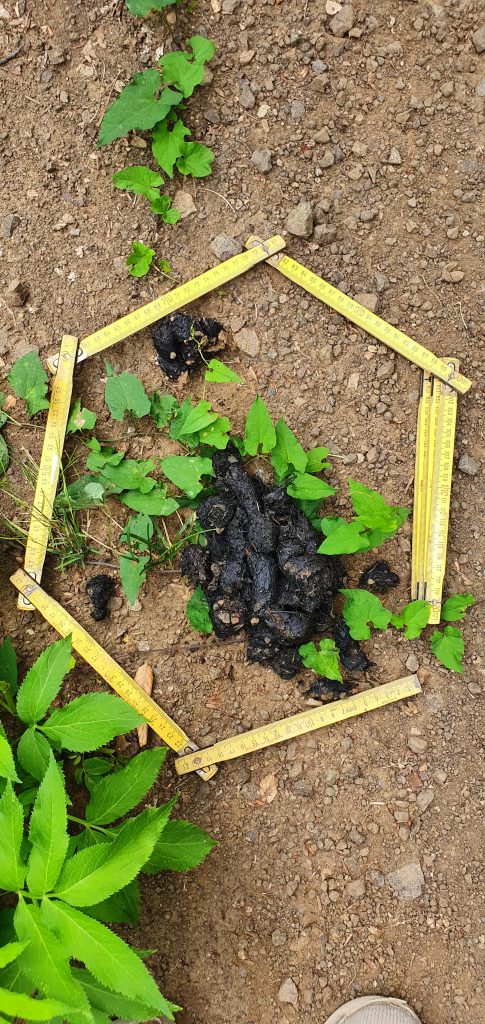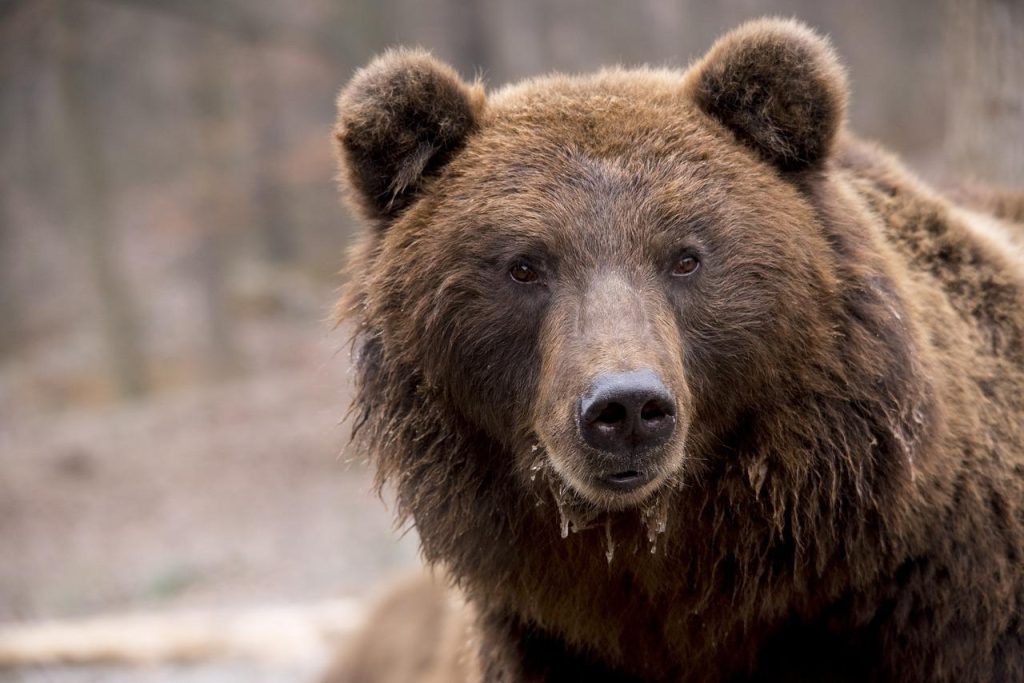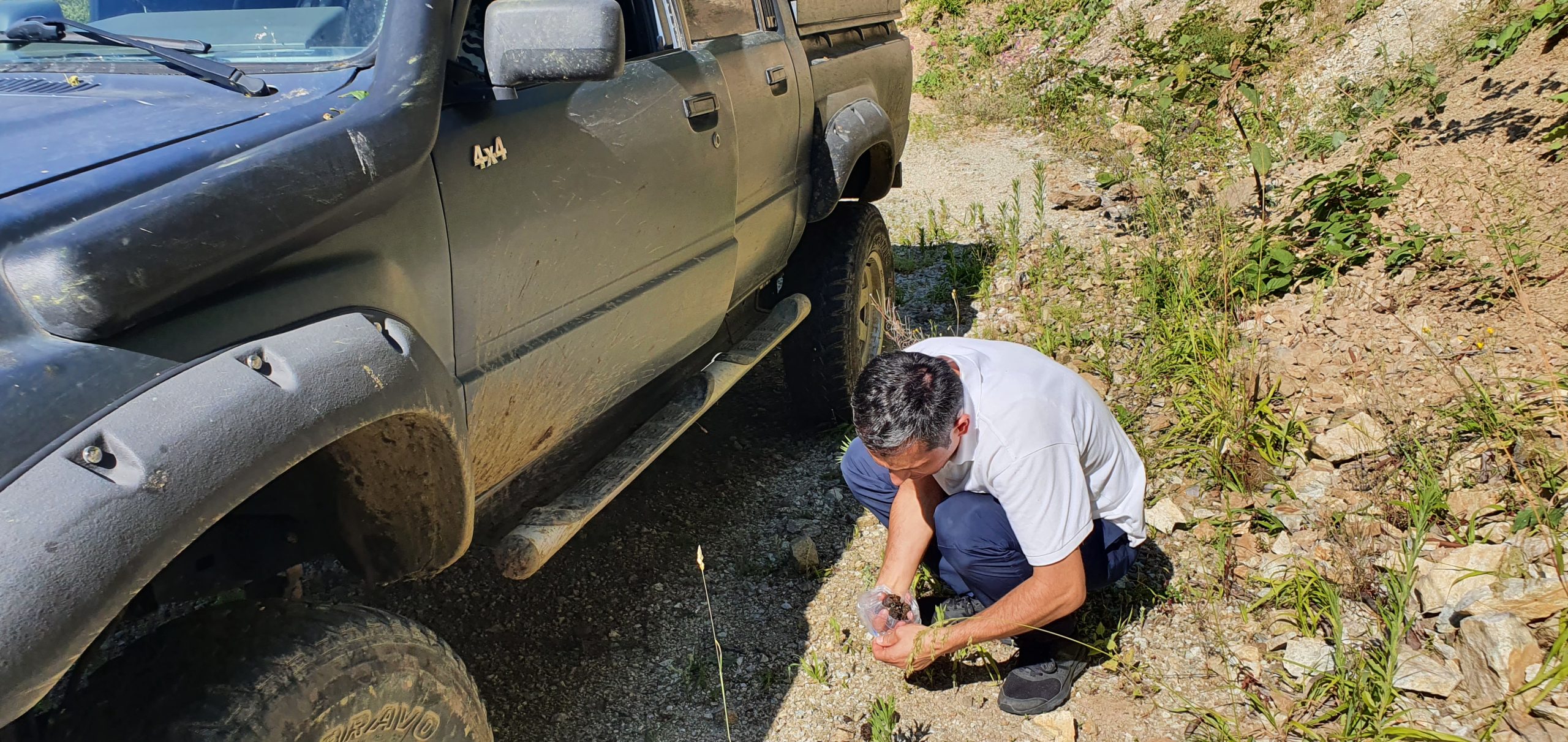Projects
Community based black bear’s conservation, funded by Wildlife Conservation Network (WCN)
The Iranian black bear (Ursus thibetanus gedrosianus) suffers mainly from habitat destruction, conflicts with locals (and some traditional beliefs), habitat fragmentation, and severe isolation of the populations in the southern part of the country. This study has been designed mainly relied on two basics including ecosystem and community. In the first base, we are looking for landscape features to improve the ecosystem conditions for the target species which act as an umbrella species.
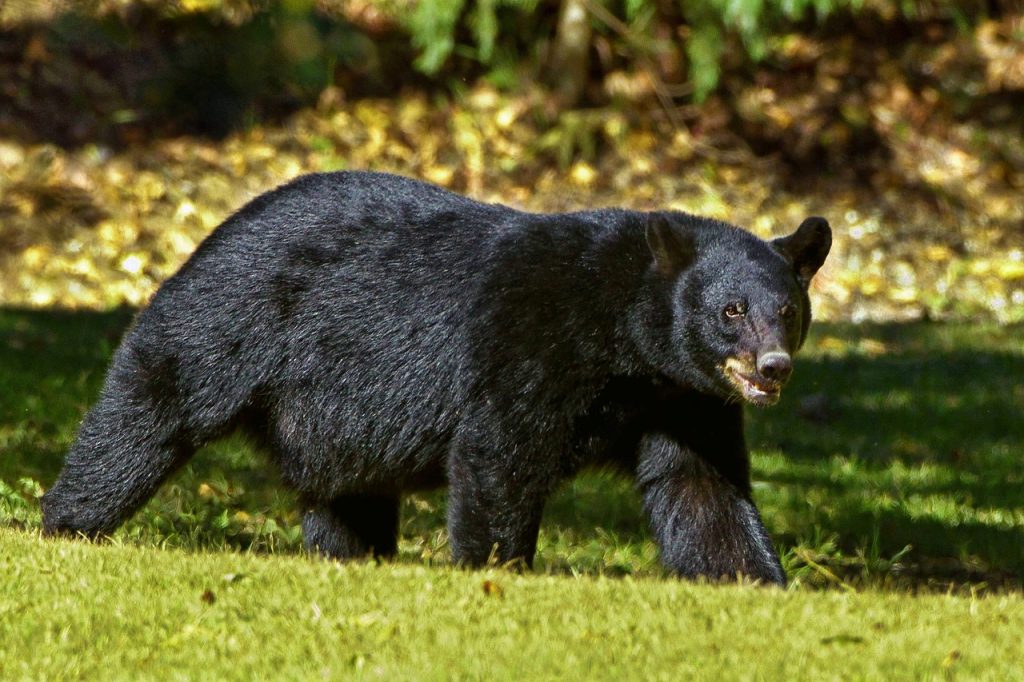
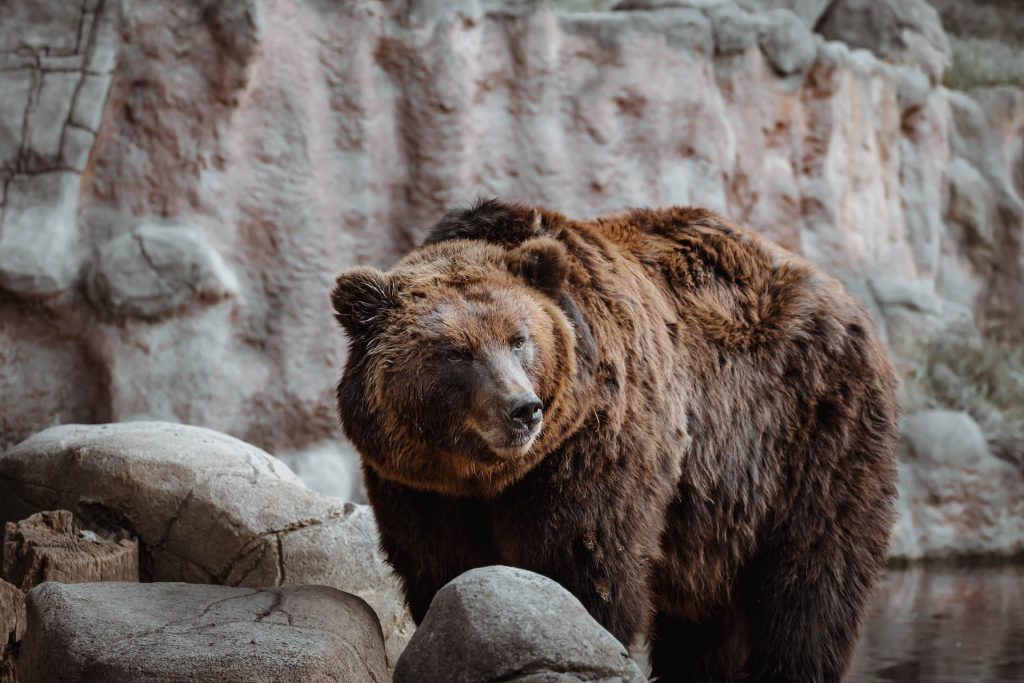
Brown bears landscape genomics and niche modelling, funded by TUBITAK
Brown bears as keystone species play critical roles in ecosystems through processes such as nutrient cycling, seed dispersal, and regulating prey populations. However, these apex predators have wide ranges and thus severely suffer from habitat fragmentation and anthropogenic activity. Changing movement patterns because of anthropogenic food resources such as open city dumps and severe fragmentation of their natural habitats can affect the genetic make-up and long-term viability of populations. Since habitat connectivity and heterogeneity are an essential part of brown bear populations’ long-term viability, the goal of this study is to understand geographic patterns that affect the gene flow of brown bears across Turkey. To this end, we will use landscape genetics to test three different models that can influence a species’ genetic structure across heterogeneous landscapes. These models are Isolation by Distance (IBD); Isolation by Resistance (IBR); and Isolation by Environment (IBE).
Wolves Snow tracking
It is a long established fact that a reader will be distracted by the readable content of a page when looking at its layout. The point of using Lorem Ipsum is that it has a more-or-less normal distribution of letters, as opposed to using ‘Content here, content here’, making it look like readable English. Many desktop
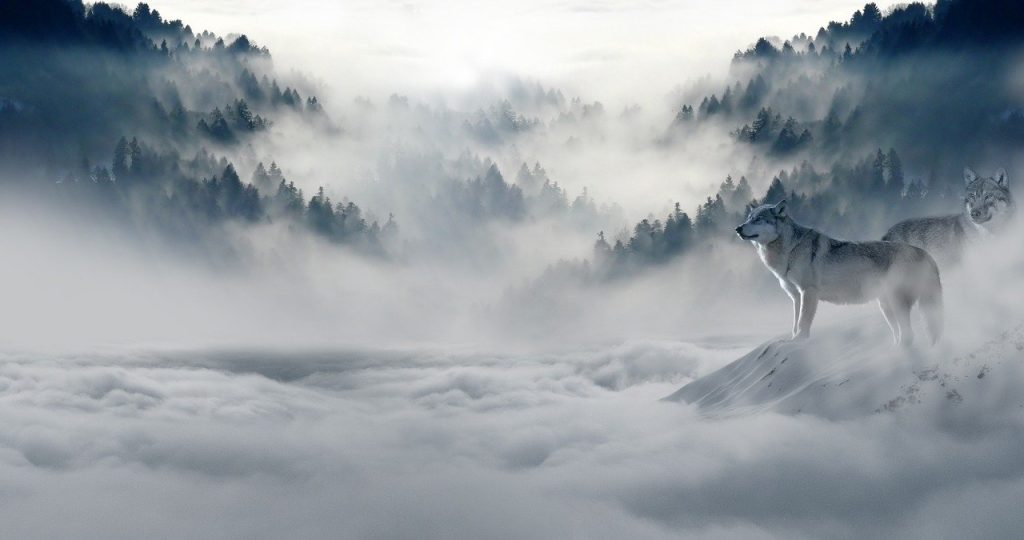
Habitat fragmentation, increasing contact with humans, and other challenges present long-term threats to the welfare of brown bears and other large omnivores. This project will monitor the behavior and stress physiology of individual free-living bears using GPS collars, camera traps, and blood and fecal glucocorticoids. Location and behavior data will be paired with glucocorticoid results to better understand the welfare implications of exposures to various stimuli such as garbage dumps or roads. Researchers will take the same physiological measurements on bears residing at a rehabilitation center in the study region for comparison.





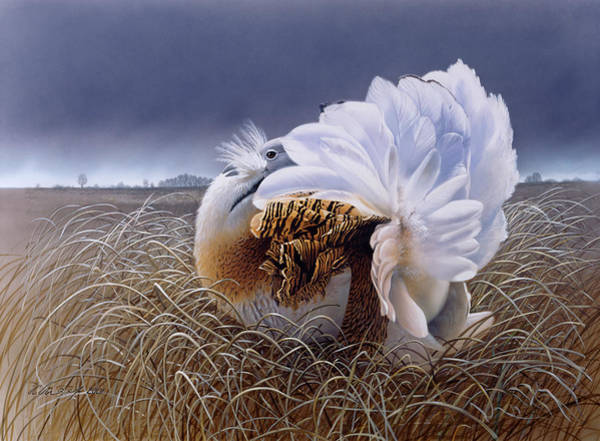
Community based conservation of Great Bustard in IRAN

A silk Persian Carpet is under weaving by local peoples inspiring from Great Bustard picture, with financial support from IUCN. This silk carpet will be then sold in national or international market and the revenue will be again back to the production cycle. Hopefully we will be able to enrich the local communities through hand made crafts inspired from the species and its habitat. This is a unique and pioneer project worldwide until now.

